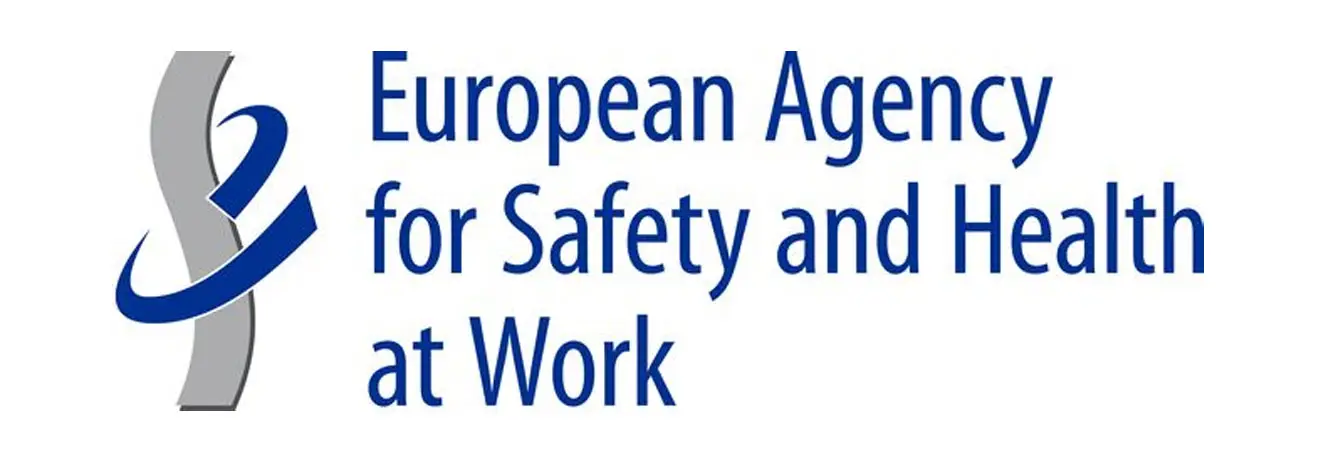As a civil engineer, your work environment may subject you to numerous carcinogenic hazards, heightening the risk of developing cancer. These hazards encompass various forms, including exposure to asbestos, benzene, polycyclic aromatic hydrocarbons (PAHs), and silica dust, among others.
Persistent exposure to these substances through inhalation or direct contact can result in severe long-term health implications, such as lung cancer, mesothelioma, leukemia, and bladder cancer. Given the potential risks, it’s imperative to implement stringent safety measures to mitigate exposure.
This includes utilizing personal protective equipment (PPE) like respirators, gloves, and coveralls, implementing effective ventilation systems to reduce airborne contaminants, and adopting alternative materials that pose lesser health risks whenever feasible. Additionally, adhering to strict occupational health and safety protocols and undergoing regular medical screenings are crucial steps in safeguarding against the carcinogenic hazards inherent in civil engineering work.















